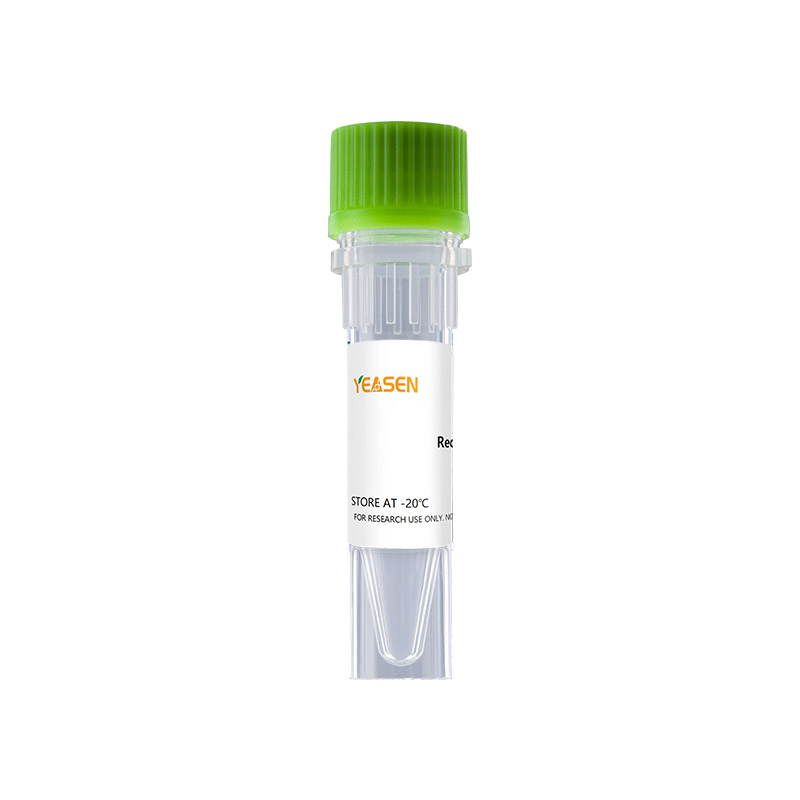

產(chǎn)品說明書
FAQ
COA
已發(fā)表文獻(xiàn)
Osteoprotegerin (OPG), also called OCIF (osteoclastogenesis inhibitory factor) is a secreted 55-60 kDa protein that regulates bone density. As a member of the tumor necrosis factor receptor (TNFR) superfamily of proteins, it is designated TNFRSF11B. Human OPG cDNA encodes 401 amino acids (aa) including a 21 aa signal peptide and a 380 aa mature soluble protein with four TNFR domains, two death domains and a heparin-binding region. The cysteine-rich TNFR domains are essential for ligand interaction, while a cysteine at the C-terminus mediates homodimerization. Mature human OPG shares 86%, 87%, 92%, 92% and 88% amino acid sequence identity with mouse, rat, equine, canine and bovine OPG, respectively. OPG is widely expressed and constitutively released as a homodimer by mesenchymal stem cells, fibroblasts and endothelial cells. Regulation of its expression by estrogen, parathyroid hormone and cytokines is complex and changes with age. OPG has been called a decoy receptor for the TNF superfamily ligands, TRANCE (tumor necrosis factor-related activation-induced cytokine), also called RANK L (receptor activator of NF kappa B ligand), and TRAIL (TNF-related apoptosis-inducing ligand), which also bind TNF family receptors RANK and TRAIL receptors 1-4, respectively. TRAIL decreases the release of OPG from cells that express it, while OPG inhibits TRAIL-induced apoptosis. Expression of RANK L on the cell surface, and thus its ability to stimulate osteoclastogenesis, is regulated by OPG by intracellular and extracellular mechanisms. Within osteoblasts, interaction of the basic domain of OPG with RANK L in the Golgi inhibits RANK L secretion.
Product Properties
|
Synonyms |
TNFRSF11B, Osteoclastogenesis Inhibitory Factor, Tumor Necrosis Factor Receptor Superfamily Member 11B |
|
Accession |
O00300 |
|
GeneID |
4982 |
|
Source |
E.coli-derived Human OPG, Glu22-Lys194. |
|
Molecular Weight |
Approximately 19.7 kDa. |
|
AA Sequence |
ETFPPKYLHY DEETSHQLLC DKCPPGTYLK QHCTAKWKTV CAPCPDHYYT DSWHTSDECL YCSPVCKELQ YVKQECNRTH NRVCECKEGR YLEIEFCLKH RSCPPGFGVV QAGTPERNTV CKRCPDGFFS NETSSKAPCR KHTNCSVFGL LLTQKGNATH DNICSGNSES TQK |
|
Tag |
None |
|
Physical Appearance |
Sterile Filtered White lyophilized (freeze-dried) powder. |
|
Purity |
> 95 % by SDS-PAGE and HPLC analyses. |
|
Biological Activity |
The ED50 as determined by neutralizing the stimulation of U937 cells is less than 10 ng/mL, corresponding to a specific activity of > 1.0 × 105 IU/mg in the presence of 10 ng/mL soluble rHuRANKL (sRANKL). Fully biologically active when compared to standard. |
|
Endotoxin |
< 1.0 EU per 1μg of the protein by the LAL method. |
|
Formulation |
Lyophilized from a 0.2 μm filtered concentrated solution in 20 mM PB,150 mM NaCl, pH 6.0. |
|
Reconstitution |
We recommend that this vial be briefly centrifuged prior to opening to bring the contents to the bottom. Reconstitute in sterile distilled water or aqueous buffer containing 0.1% BSA to a concentration of 0.1-1.0 mg/mL. Stock solutions should be apportioned into working aliquots and stored at ≤ -20℃. Further dilutions should be made in appropriate buffered solutions. |
Shipping and Storage
The products are shipped with ice pack and can be stored at -20℃ to -80℃ for 1 year.
Recommend to aliquot the protein into smaller quantities when first used and avoid repeated freeze-thaw cycles.
Cautions
1. Avoid repeated freeze-thaw cycles.
2. For your safety and health, please wear lab coats and disposable gloves for operation.
3. For research use only!
HB220311

